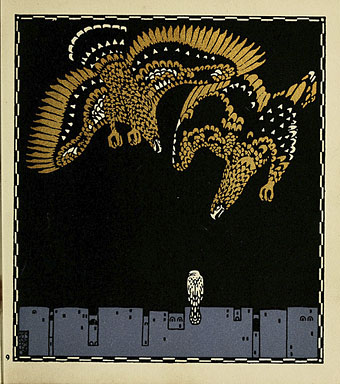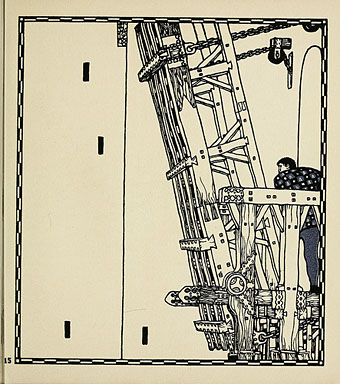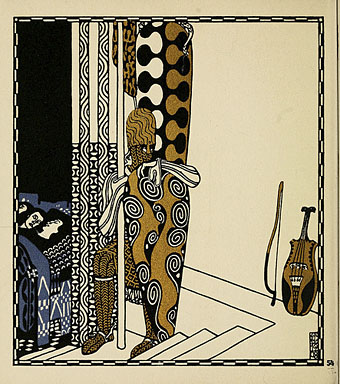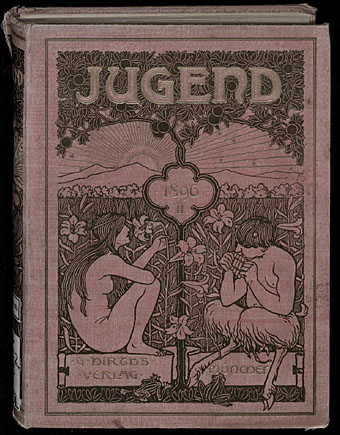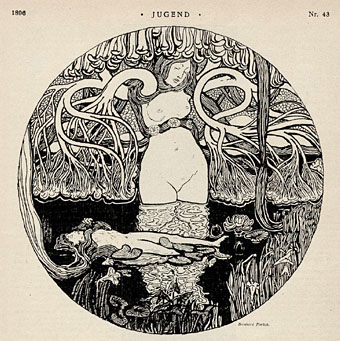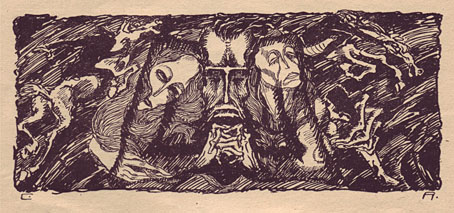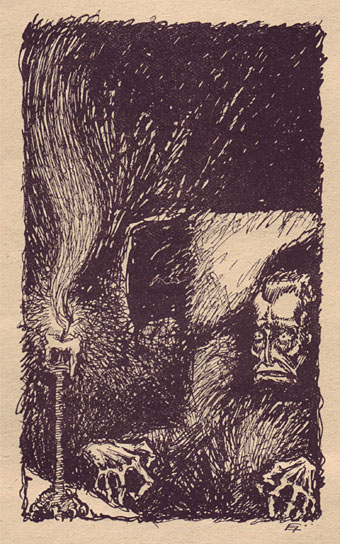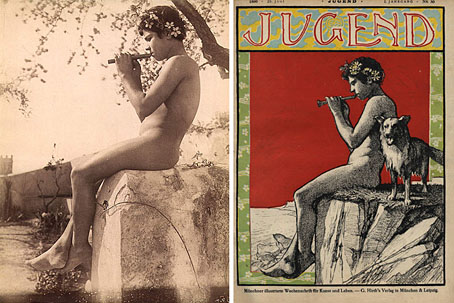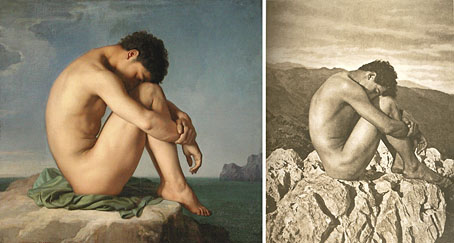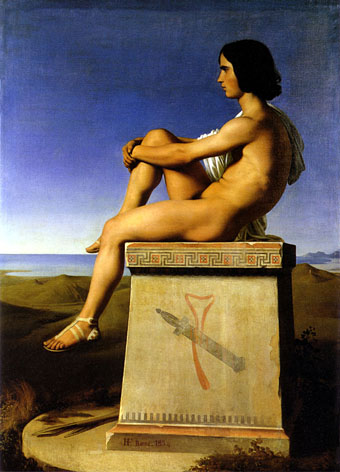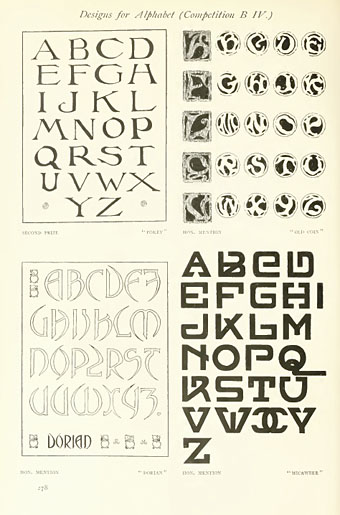It’s all Art Nouveau again round here while I go through back issues of Jugend preparing a series of posts about the artists and graphics featured in that magazine. Just now, however, I’m too busy to do anything substantial so this will have to suffice, some of the illustrations by Carl Otto Czeschka (1878–1960) for a 1909 adaptation of the Nibelungen Saga by Franz Keim (1840–1918), for which Czeschka utilised the rectilinear style of Art Nouveau popularised by the Wiener Werkstätte.
This small, almost square volume in the popular series of children’s books is rather unassuming in its external appearance, only sporting a small vignette with the title on the cover. Carl Otto Czeschka (1878–1960) was responsible for the complete design of the text to be found inside, and interspersed it with the illustrations characteristic of his work. These reveal his credentials as an outstanding artist of the Secessionist school and the Jugendstil. The eight double-page spreads coloured in clay block technique and rare gold prints, in particular, contributed to the volume’s fame. (More.)
The rest of the pages can be seen on this great Art Nouveau site which has a wealth of material from the period.
Elsewhere on { feuilleton }
• The illustrators archive

